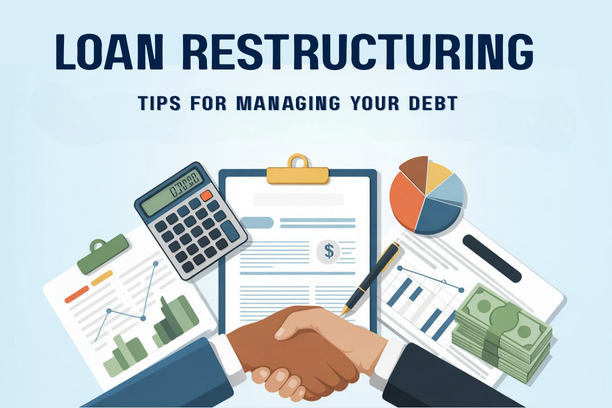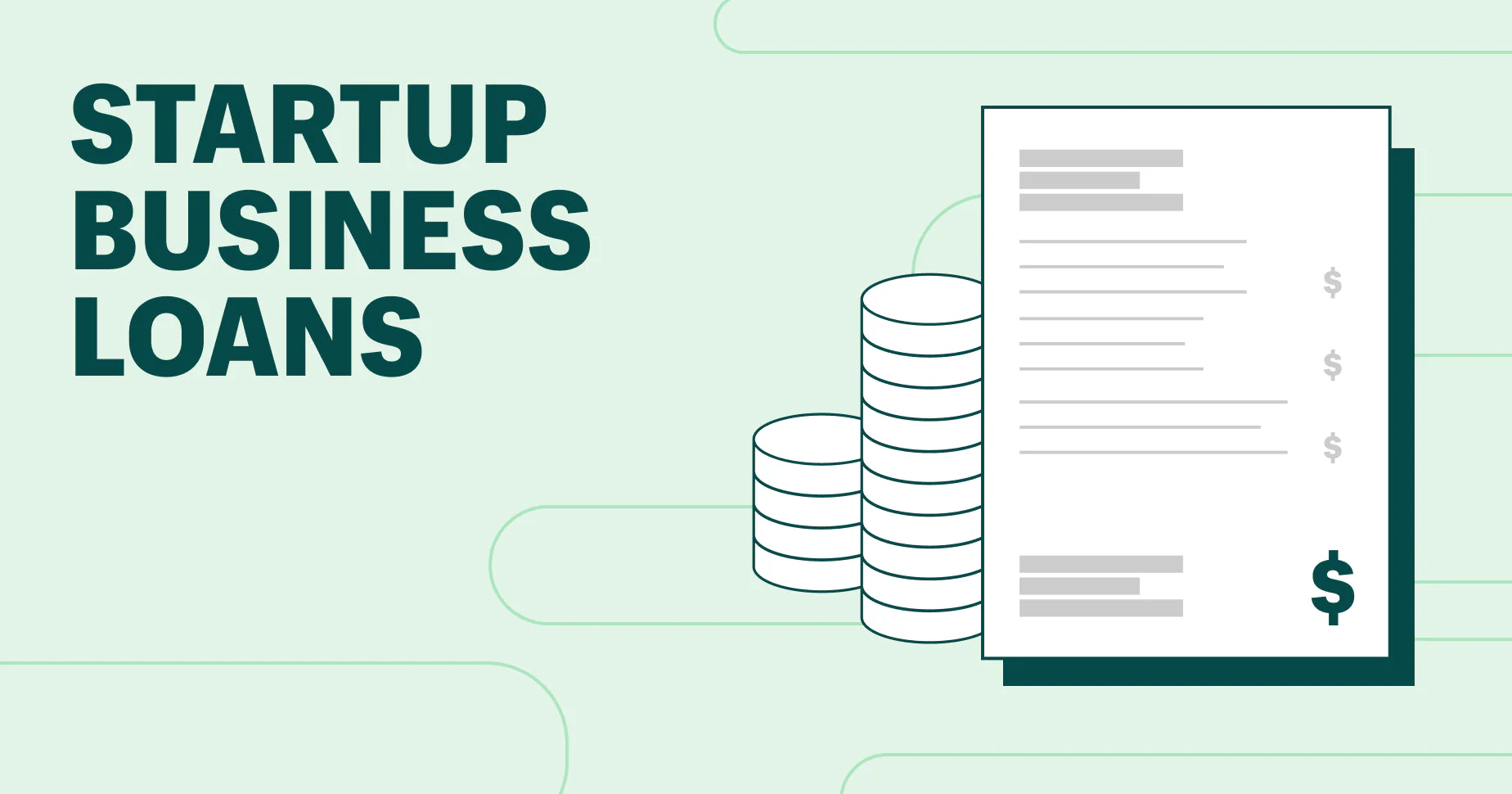Property investment is a time-tested path to building wealth and generating passive income. For many Filipinos, the idea of owning a second property that generates a steady rental income or appreciates significantly over time is a powerful financial goal. However, buying property as an investment with a home loan is a distinct and more strategic financial undertaking than buying a personal residence. It requires a different mindset, a more conservative approach to financing, and a deep understanding of the associated risks. This comprehensive guide will equip you with the knowledge to navigate this rewarding but challenging landscape, detailing the specific home loan strategies for investors, outlining the key risks you must be prepared for, and providing a framework for calculating your potential return on investment.
1. The Strategic Approach to Property Investment
An investment property is not just a home; it is a business asset. Approaching it with an investor’s mindset is the first and most critical step toward long-term success.
The Dual Goals: Rental Income and Capital Appreciation
When you invest in a property, you are betting on two primary sources of financial return.
- Rental Income (Cash Flow): This is the monthly income you receive from your tenant, which ideally should be enough to cover your mortgage payment, taxes, and other operational expenses, leaving you with a positive cash flow. A good rental income stream is the foundation of a successful investment property, as it helps you service your debt and provides a steady source of passive income.
- Capital Appreciation: This is the increase in your property’s market value over time. While rental income helps you pay for the property, capital appreciation is where you make the significant profit. This is realized when you decide to sell the property at a price higher than your purchase price. Choosing a property in a high-growth area is crucial for maximizing this return.
A successful investment strategy balances these two goals, ensuring that the property has a healthy rental yield while also having strong potential for capital appreciation.
The Investor’s Mindset: A Financial Decision, Not a Personal One
When you buy a home for yourself, emotions often play a major role. With an investment property, you must set emotions aside and focus on the cold, hard numbers.

- Location, Location, Location: An investor looks for a property in an area with a high demand for rentals, proximity to business districts, universities, or commercial centers. You are not buying the property for your personal enjoyment, so you must prioritize the location that will attract the best tenants.
- The Numbers Must Work: You must ensure that the rental income is sufficient to cover all your expenses, including the mortgage, taxes, insurance, and maintenance. If the numbers don’t add up, the property is a liability, not an asset.
- Manageable Debt: A good investor knows that a home loan is a powerful tool, but it can also be a significant burden. Your debt-to-income ratio must be healthy enough to withstand periods of vacancy or unexpected expenses without putting you in financial distress.
2. Home Loan Strategies for the Savvy Investor
Financing an investment property requires a more strategic and conservative approach than financing a primary residence. Lenders view these loans differently, and you must be prepared for stricter requirements.
The Lender’s Perspective: A More Conservative Approach
From a lender’s point of view, an investment property loan is inherently riskier than a loan for a personal home. The borrower is more likely to default on an investment property loan if they face financial difficulties, as they will prioritize the loan for their primary residence.
- Lower Loan-to-Value (LTV) Ratio: Banks are more cautious with investment properties. While a loan for a primary residence may have an LTV ratio of 80% to 90%, a loan for an investment property often has a lower LTV ratio, typically around 70% to 80%. This means you will need a larger down payment, which can be a challenge but also a way to reduce your monthly amortization.
- Higher Interest Rates: Due to the higher risk, banks may sometimes charge a slightly higher interest rate for a loan on an investment property. While the difference may be small, it can impact your cash flow and long-term profitability.
- Scrutiny of Your DTI Ratio: If you already have an existing home loan, the bank will scrutinize your Debt-to-Income (DTI) ratio more closely. They will want to see a very low DTI from your personal income alone before they consider the potential rental income from the new property.
Maximizing Your Returns: LTV, DTI, and Loan Terms
A savvy investor knows how to use the loan’s features to their advantage.
- The Power of a Larger Down Payment: A larger down payment not only reduces your monthly mortgage payment but also increases your equity in the property from day one. This lowers your financial risk and can help you achieve a positive cash flow more quickly.
- Factoring in Rental Income: While a lender will consider the potential rental income from the property, they will only credit a portion of it toward your income for DTI calculations (e.g., 50% to 80%). This is a conservative measure to account for vacancy periods and unexpected expenses.
- Choosing the Right Loan Term: A shorter loan term means higher monthly payments but less total interest paid over the life of the loan. A longer loan term means lower monthly payments but more interest paid. For an investment property, a longer term may be preferable to keep the monthly payments low and ensure a positive cash flow, especially if you anticipate periods of vacancy.
3. The Risks Every Investor Must Understand
No investment is without risk, and property investment is no exception. Understanding these risks and preparing for them is key to protecting your financial future.
Market and Financial Risks: The Unpredictable Factors
These are the risks that are often outside of your control, but you can mitigate them through careful planning and research.
- Vacancy Risk: The most significant risk to an investment property is a period of vacancy. If your unit is not rented out, you will have to cover the full monthly amortization, property taxes, insurance, and association dues out of your personal income. This can quickly erode your cash flow and put you in a precarious financial position.
- Market Risk and Property Value Depreciation: While property in the Philippines has a strong history of appreciation, there is no guarantee that it will continue. If the market experiences a downturn or if the neighborhood loses its appeal, the value of your property could depreciate, and you may not be able to sell it for a profit.
- The Risk of Rising Interest Rates: If you secure a loan with a short fixed-rate term (e.g., 1 or 3 years), you are exposed to the risk of rising interest rates when the loan is repriced. A higher interest rate could significantly increase your monthly amortization and turn a positive cash flow into a negative one.
The Operational Risks: The Day-to-Day Challenges
These are the risks that come with the responsibility of being a landlord.
- Difficult Tenants: Dealing with a difficult tenant can be a nightmare. You may have to deal with late payments, property damage, or legal issues, which can take up your time, energy, and money.
- Unexpected Maintenance Costs: Old appliances can break, plumbing can fail, and roofs can leak. As the owner, you are responsible for all major repairs and maintenance. You must have a fund set aside to cover these unexpected costs, which can range from a few thousand pesos to hundreds of thousands.
4. A Financial Blueprint: Calculating Your Potential ROI
Before you invest, you must do the math. Here is a simple framework for calculating your potential return on investment.

Calculating Rental Yield: Your Annual Cash Flow
Rental yield is a key metric for determining a property’s profitability. It shows the annual return you can expect from your rental income alone.
- Formula: The formula for rental yield is:
- Gross Annual Rental Income: Your monthly rental income multiplied by 12.
- Total Property Cost: This includes the purchase price, down payment, closing costs, and any initial renovation costs.
- What’s a Good Yield? A good rental yield in the Philippines is generally considered to be 5% or more. A yield of 6% to 8% is excellent and a strong indicator of a good investment.
Factoring in Capital Appreciation and Total Returns
Capital appreciation is the other side of the ROI coin. While it’s harder to predict, you can make a conservative estimate.
- Projected Appreciation: Research historical data for similar properties in the area. A realistic annual appreciation rate in a good location can be anywhere from 3% to 8%.
- Total ROI: Your total return on investment is a combination of your rental yield and your capital appreciation. For example, if your property has a rental yield of 6% and a capital appreciation of 4%, your total return is approximately 10% per year, which is a strong return on your investment.
Conclusion
Buying property as an investment is a rewarding path to financial freedom, but it is a journey that requires careful planning, a solid home loan strategy, and a clear understanding of the risks. By adopting an investor’s mindset, choosing a loan with a conservative LTV ratio, and doing your homework on the market and the property’s financial viability, you can significantly improve your chances of success. A home loan is a powerful tool, and when used strategically for investment, it can be the key to building a sustainable source of wealth for your future.













